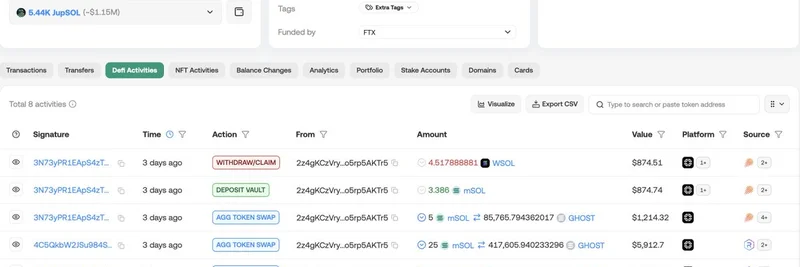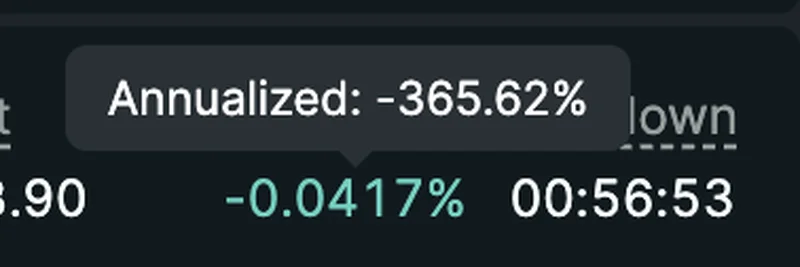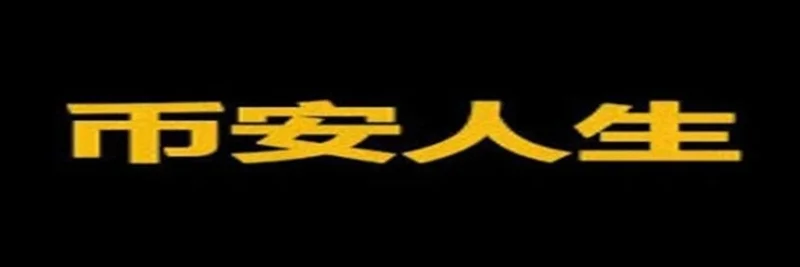In the wild world of decentralized finance (DeFi), where meme tokens often steal the spotlight with their viral hype and massive gains, there's a lurking danger that could wipe out portfolios in a flash: systemic risk from highly correlated assets. A recent Twitter thread highlights this issue perfectly, drawing parallels to real-world asset (RWA) trading gone wrong.
The Spark: A Tweet on DeFi's Achilles Heel
It all started with a post from WhiskyTitan (@web4O), who tapped into an ongoing conversation about DeFi's biggest problems. He pointed out that most assets used as collateral in DeFi are tightly correlated—meaning when one drops, they all tend to tumble together. This creates a domino effect during market downturns, amplifying liquidations and losses.
In his quoted tweet, WhiskyTitan referenced a real-life example: longs on tokenized gold like PAXG getting liquidated at $3,200 while actual gold traded above $4,000. Why? Because during cascading liquidations, on-chain prices detach from real-world values due to liquidity issues. He argued this circular yield farming—borrowing to buy more of the same correlated assets—is crypto's greatest systemic threat.
This resonates deeply with meme token traders. Think about it: many meme coins, like DOGE or SHIB derivatives, move in lockstep with Bitcoin or Ethereum. If you're using them as collateral to leverage up on other memes or alts, a market dip could trigger the same kind of wipeout.
Avantis Steps In: Safe Havens for Leveraged Trades
Enter Sehaj (@0xSehaj), building DeFi's leverage layer at Avantis. In response, he showcased how traders on Avantis are chilling with max longs on gold (XAU) and silver (XAG)—no liquidations, just profits. The secret sauce? Reliable oracles that pull low-latency price updates from the real world, not just on-chain liquidity pools.
Gold, as one of the planet's most liquid assets, can't afford to rely on a single source for pricing. That's where Pyth Network comes in, providing accurate feeds for RWAs like gold and silver. This combo of oracles and automated market makers (AMMs) ensures prices stay true, even in chaos.
For meme token fans, this is huge. Imagine leveraging your favorite meme without fearing a correlation crash. Platforms like Avantis could bridge the gap, allowing meme traders to dip into RWAs for diversification—reducing that systemic risk WhiskyTitan warned about.
Community Reactions: From Memes to Insights
The thread sparked replies that blend humor and wisdom. One user dropped a classic Mandalorian GIF—"This is the way"—nodding to Avantis and Pyth as the path forward. Others called longing gold on a DEX "gangster" and praised the safety for "tradooors" (traders, we assume).
These reactions underscore a shift: even in meme-heavy crypto circles, there's growing awareness of DeFi's pitfalls. As one reply put it, "Gold longs are a vibe, especially with Avantis and Pyth backing it up. Real assets, real profits."
Why This Matters for Meme Token Ecosystems
Meme tokens thrive on community and speculation, but they're not immune to DeFi's broader issues. High correlation means a BTC dump can tank your meme portfolio, especially if leveraged. By integrating robust oracles like Pyth, projects can offer more stable perp trading—think meme-vs-RWA pairs that hedge against crypto volatility.
If you're deep in meme coins, consider diversifying with platforms that prioritize real price feeds. It's not just about avoiding liquidations; it's about building a more resilient ecosystem where memes can moon without the constant fear of a black swan event.
Stay informed, trade smart, and remember: in DeFi, correlation isn't always your friend. Check out Avantis and Pyth Network for tools that could level up your game.




